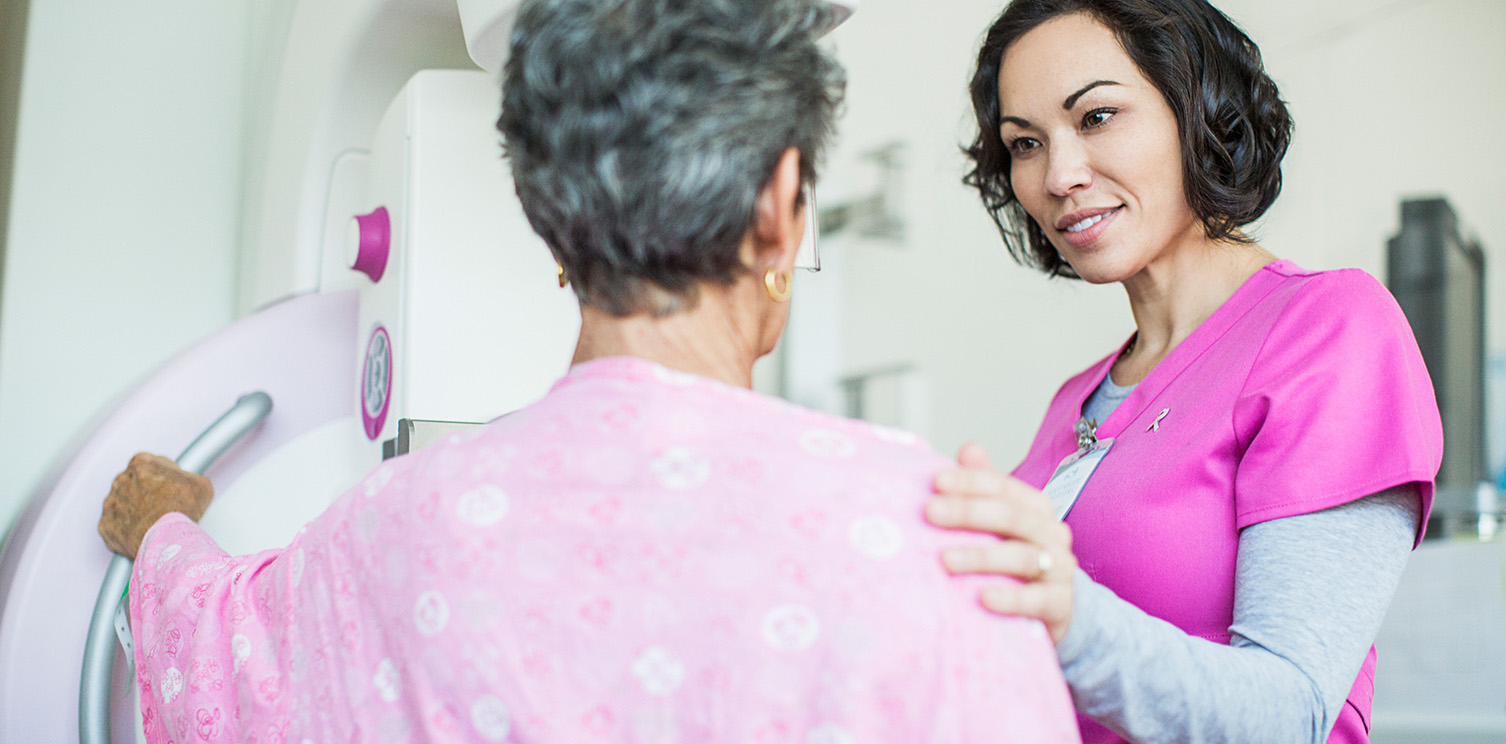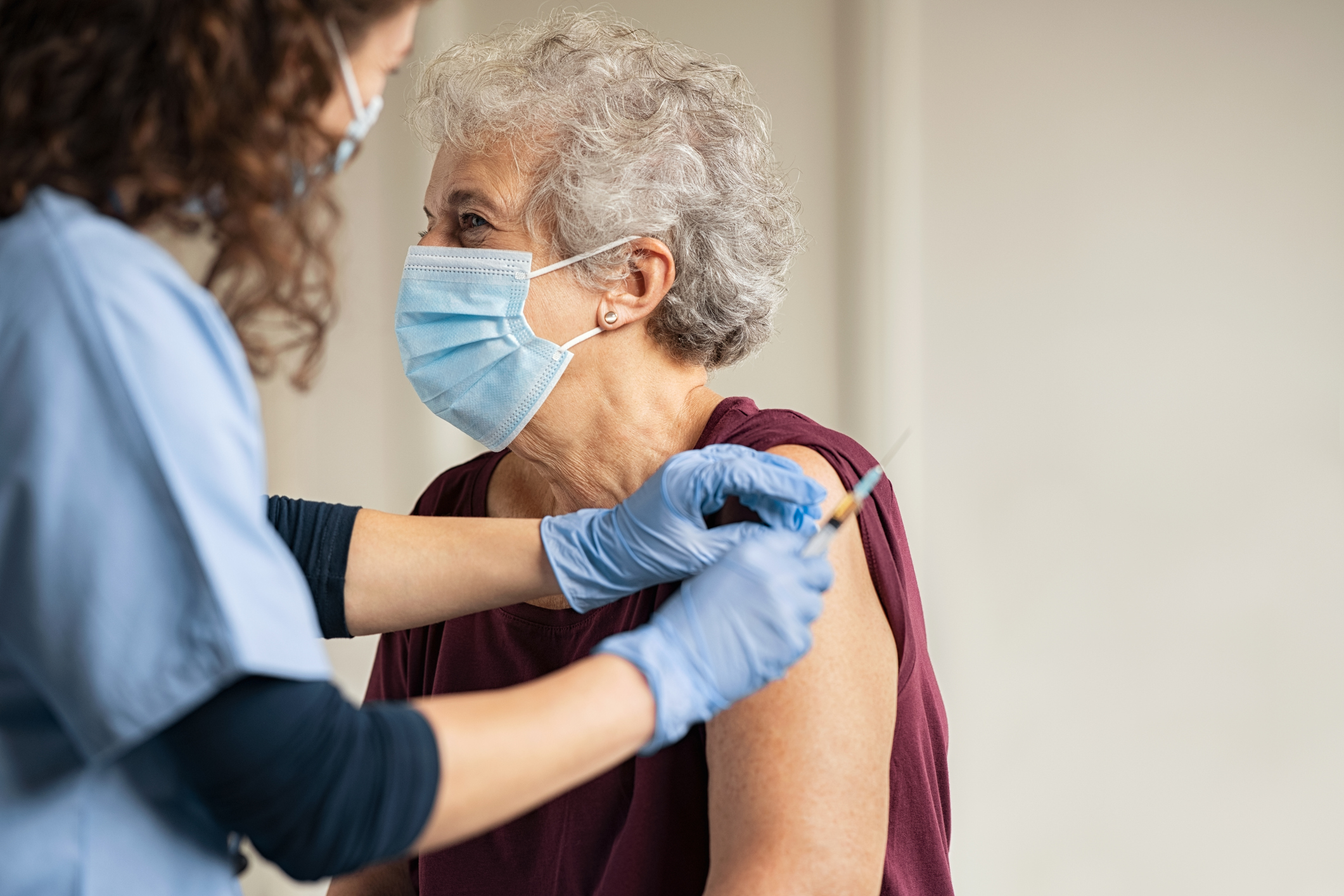Is It Time for a Mammogram?
If you haven’t had a mammogram in the past few years, it may be time. This type of screening test can catch breast cancer in its early stages. Here’s what you need to know.

Mammograms
[Announcer]
Is it time for your mammogram?
[Text Appears: Is it time for your mammogram?]
Mammograms are quick, easy and can save your life.
[Text Appears: Mammograms can save your life]
They have been shown to improve breast cancer survival by over 20%.
[Text Appears: They improve survival rates by over 20% ]
If you're over 40 or have a family history, a yearly mammogram is essential.
[Text Appears: A yearly mammogram is essential]
Take charge of your health.
[Text Appears: Schedule your mammogram today! ]
Schedule your mammogram today.
[Image on screen: Braven Health logo]
[Text appears: Legal disclaimer]
What Is a Mammogram?
A mammogram is an X-ray that’s taken of your breasts to search for lumps. There are two types:
- Screening
- Diagnostic
Screening mammograms are used to check for breast cancer in women with no signs or symptoms of the disease. A radiologist will take two or more X-ray digital images of each breast.
The X-rays can sometimes show lumps that can’t be felt. Screening mammograms can also show tiny deposits of calcium. Calcium can sometimes be an early sign of breast cancer.
A diagnostic mammogram can be used to check for breast cancer after a lump or other sign or symptom of the disease has been found.
You should go to your doctor right away and schedule a diagnostic mammogram, if you have:
- A lump in your breast or armpit
- Thickening or swelling in part of your breast
- Irritation or dimpling of your breast skin
- Redness or flaky skin in your nipple area or your breast
- Pulling in of your nipple or pain in your nipple area
- Nipple discharge, including blood
- Any change in the size or the shape of your breast
- Pain in any area of your breast
Keep in mind, these symptoms could be caused by other conditions that aren’t cancer.
What Are the Benefits?
For many women, mammograms are the best way to find breast cancer early. It may not be big enough to feel or cause symptoms. Finding it early means it may be easier to treat. Getting regular mammograms can lower your risk of death from breast cancer, too.
Trials and other studies show that mammograms can help prevent breast cancer deaths among women ages 40 to 74, who are at average risk of getting the disease. In studies, patients ages 50 to 69 were shown to get the most benefit from mammograms preventing breast cancer deaths.
When and How Often Should You Be Screened?
If you’re over age 65, you might be thinking you don’t need to get a mammogram. Maybe you went in the past and the test came up negative.
But the United States Preventive Services Task Force (USPSTF) suggests that women ages 50 to 74 at average risk for breast cancer get a mammogram every two years. The USPSTF is a national organization of doctors and disease experts who look at research on the best way to prevent diseases. They give guidelines to doctors and patients based on the research.
Talk to you doctor to decide what schedule is right for you. But if you notice changes in your breast, contact your doctor as soon as possible, even if you’ve been screened recently.
Where Can You Get a Mammogram?
Women can get high-quality mammograms in:
- Clinics
- Hospital radiology departments
- Mobile vans
- Private radiology offices
- Doctors’ offices
If you’re not sure where you can get a mammogram near you, speak with your doctor. As a Braven Health Member, breast cancer screening is part of your preventive health benefits.
Popular Tags:
Previous Article

Lower Your Chances of Being Readmitted to the Hospital

Wellness Starts With Us.
Subscribe for updates.
By providing your email address, you agree to receive communications from Braven Health via email.
Fields marked with an asterisk (*) are required.
Thanks for subscribing.
We just sent you an email to confirm your subscription. Please check your spam/junk folder if you can’t find our email.



